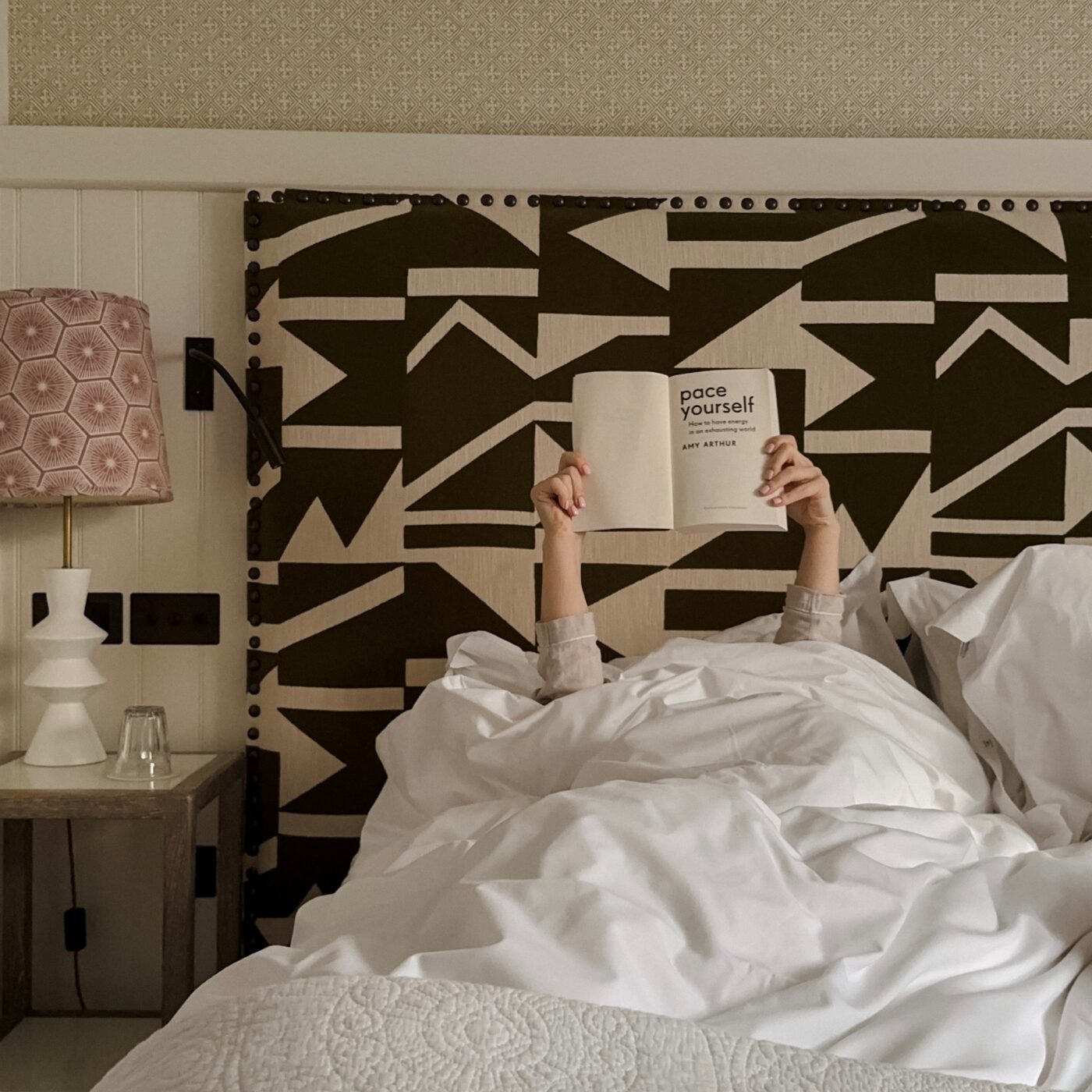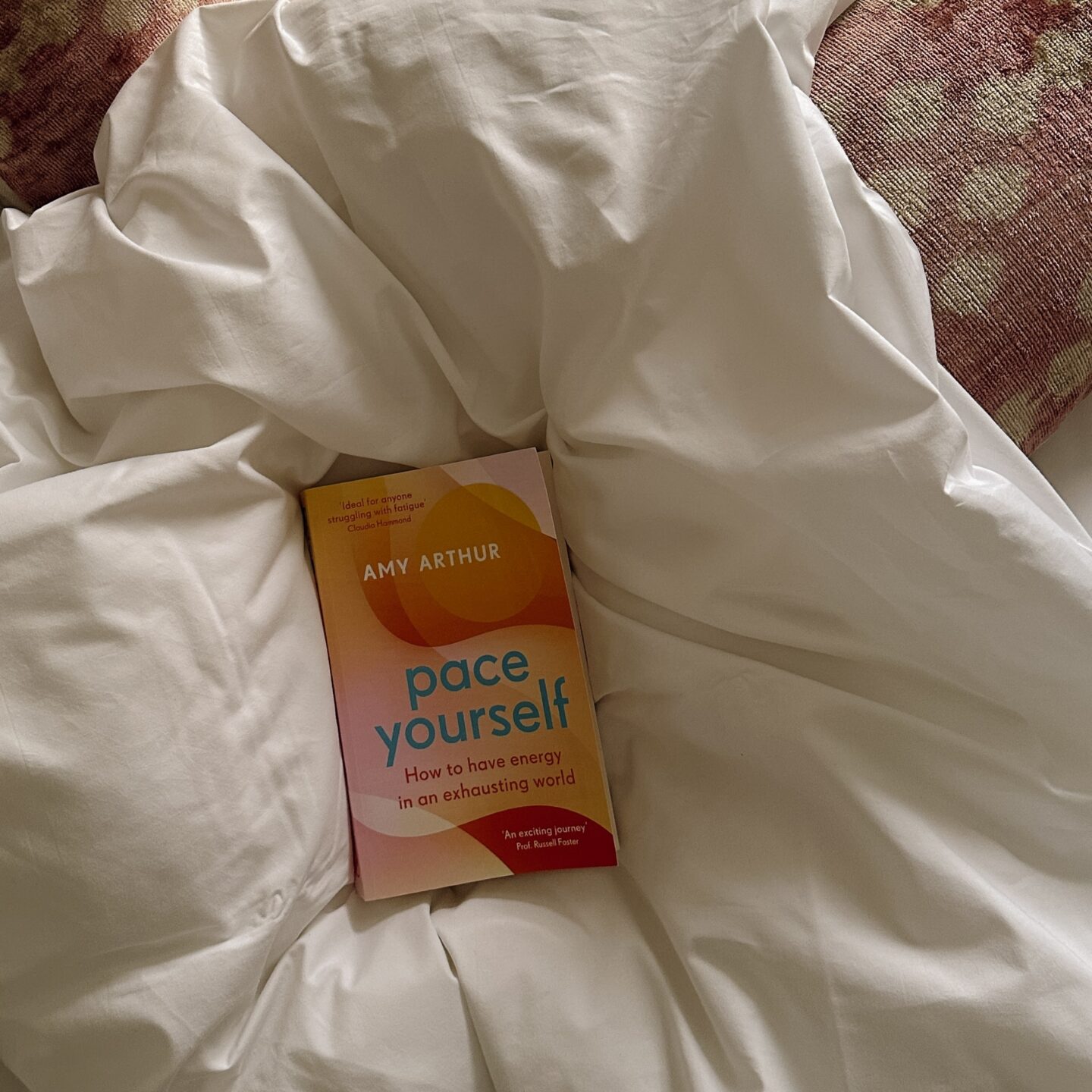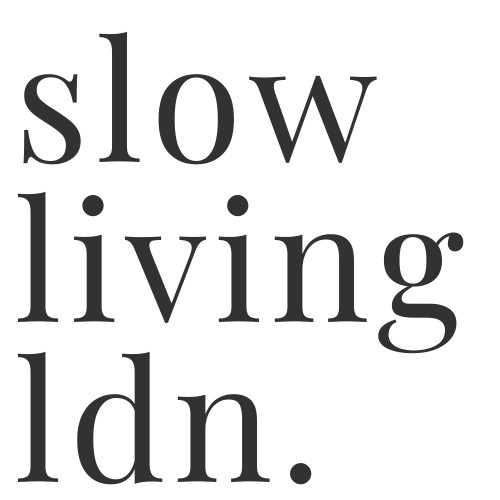You have no items in your cart. Want to get some nice things?
Go shopping
Welcome to the Slow Living LDN. book club, a carefully curated source of inspiration which shares the stories and learnings of those who have sought to adopt a slower, more considered lifestyle.
In our fast-paced world, where technology and demands of modern life can leave us feeling overwhelmed and burned out, the Slow Living LDN. book club invites you to take a breath, savour the moment, and explore the values and concepts of slow and seasonal living through the pages of thoughtfully selected books.
Each month, we’re sharing an inspiring read with you that’s aligned to these values. Each predominantly non-fiction title will delve into the nuances of slow and seasonal living, examining how living with more intention can enhance our well-being and deepen our connection to ourselves and the natural world around us.
Whether you’re already an advocate of the slow living movement or a curious soul seeking a respite from our always-on culture, the Slow Living LDN. book club welcomes you to join us as we share the power that lies within the embrace of a slower, more meaningful lifestyle.
This article may include affiliate links, but these do not influence our editorial.
Book 2: Pace Yourself: How to have energy in an exhausting world by Amy Arthur
Our second slow living book club title is Amy Arthur’s ‘Pace Yourself: How to have energy in an exhausting world.’ Diagnosed with chronic fatigue syndrome in her teens, Amy, writer and science journalist, details how the concept of pacing has helped her manage her energy-limiting condition. Pace Yourself shares practical advice around how to go at your own pace in a world where busyness is ‘seen as a symbol of status’.
Missed the first book? Revisit last month’s book club choice: Slow Seasons by Rosie Steer.
Reasons to read this book
Pace Yourself is well-researched and considered, offering practical steps to design a more consistent pace of life. There will be plenty of ‘aha’ moments and pauses for contemplation as you reflect on what depletes your own energy levels and what can replenish them. When adopting a slower, more meaningful and considered way of life or seeking to banish burnout, Pace Yourself is a great resource to add to your slow living toolkit.
We often return to this slow living quote by Carl Honoré: “Living ‘Slow’ just means doing everything at the right speed – quickly, slowly, or at whatever pace delivers the best results.” Amy expands on this by encouraging readers to stop thinking of tasks in terms of time and instead of the impact of the task on their energy levels.
Reflecting on how you spend your energy is therefore an important part of designing a slower mindset. Pace Yourself will help you better identify how your energy is being used and what impacts your feelings of energy. It will allow you to understand what energy-using activities are part of your ‘vital pace’ and where beyond this, you can create boundaries for how you use your time and energy. In Pace Yourself, Amy describes three types of energy: emotional, physical and mental. Readers are encouraged to find a balance between these forms of energy and identify the rest that helps you recover from each type of energy use.
In addition to understanding how your current energy use may be contributing a ‘boom and bust’ cycle which ultimately ends in burnout, Pace Yourself offers plenty of food for thought around how we strive to towards personal goals and the common tendency to think of success as a final, but never quite reachable destination in the future.
In place of striving constantly for the next achievement or goal, Amy explains that pacing yourself allows you to “focus on the balance of activity and rest that fosters good work, good health and happiness.” Within a pacing lifestyle, your goals have their place, but Amy adds, “they are not pursued to the detriment of everything else”. Amy describes how many of us strive towards performance goals which are based solely on the achievement of said goal. As a result, we’re prone to feeling as if we’ve failed if we don’t achieve our outcome and wasted our time, rather than celebrating the process and what we’ve learnt along the way. She encourages us to choose ‘mastery goals’ instead which focus on ‘improving skill and applying constant effort’.
Pace Yourself offers an insight into the relationship between your energy use and sense of self-worth and achievement, allowing you to step back and design a more sustainable way of living which still allows you to reach your goals, while enjoying happiness in the here and now too.
Quotes from Pace Yourself

“Busyness, and the pride that has been attached to it, seems to represent an unhealthy relationship with time: that its only purpose is to be used up, rather than appreciated, savoured, allowed to pass.”
- “The misconception that energy is constant leads us to believe we’re able to rush things, that a faster pace means we’ll get more done.”
- “We always think that future-us will have an easier time of it. That we’ll be less busy in the future. But it isn’t true. Life will always find a way to take up all your energy, and you have to be able to resist it.”
- “A life of purpose is not the opposite to a life well-paced. You can do great work and take great care of yourself.”
- “You can keep running to get there, wherever it is you think you’ll reach and finally feel like you’ve won at life. Or you can stop, find a steady pace, and feel really alive.”
- “We strive for ‘success’ as if it is a fixed end point that we can reach by careful, calculated expenditure of time and energy.”
- “At a time when busyness is seen as a symbol of status, when your sense of worth is determined by your number of sider-hustles or followers on social media, and everyone around you is flying towards the sun, it’s very difficult to take a steady pace.”
- “(Pacing) allows you to let go of the exhausting idea that you must do everything, do something, all the time.”
Pace Yourself is available from major booksellers such as Waterstones, as well as a host of independent bookshops. Originally published in December 2023.
For more inspiration, visit our list of slow living books.
